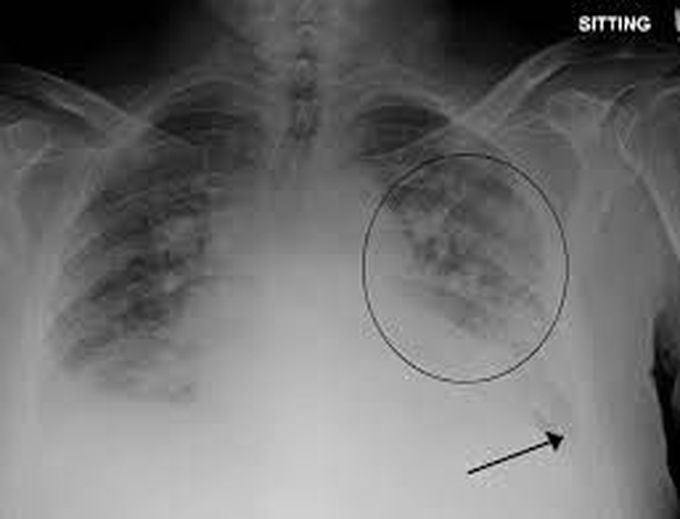


Treatment for pulmonary edema
Treatment The first treatment for acute pulmonary edema is oxygen. Oxygen flows through a face mask or a flexible plastic tube with two openings (nasal cannula) that deliver oxygen to each nostril. This should ease some symptoms. A health care provider monitors the oxygen level. Sometimes it may be necessary to assist breathing with a machine such as a mechanical ventilator or one that provides positive airway pressure. Depending on the severity of the condition and the reason for the pulmonary edema, treatment might include one or more of the following medications: Diuretics. Diuretics, such as furosemide (Lasix), decrease the pressure caused by excess fluid in the heart and lungs. Blood pressure drugs. These help manage high or low blood pressure, which can occur with pulmonary edema. A provider may also prescribe medications that lower the pressure going into or out of the heart. Examples of such medicines are nitroglycerin (Nitromist, Nitrostat, others) and nitroprusside (Nitropress). Inotropes. This type of medication is given through an IV for people in the hospital with severe heart failure. Inotropes improve heart pumping function and maintain blood pressure. Morphine (MS Contin, Infumorph, others). This narcotic may be taken by mouth or given through an IV to relieve shortness of breath and anxiety. But some care providers believe that the risks of morphine may outweigh the benefits. They're more likely to use other drugs. It is important to diagnosis and treat, if possible, any nervous system problems or causes of heart failure. Treating high-altitude pulmonary edema (HAPE) Oxygen is the usually the first treatment. If oxygen isn't available, a portable hyperbaric chamber can imitate going down to a lower elevation until it's possible to move to a lower elevation. Treatments for high-altitude pulmonary edema (HAPE) also include: Immediately going down to a lower elevation. For someone in high altitudes who has mild symptoms of HAPE, going down 1,000 to 3,000 feet (about 300 to 1,000 meters) as quickly as possible can help. Someone with severe HAPE might need rescue assistance to get off the mountain. Stopping exercise and staying warm. Physical activity and cold can make pulmonary edema worse. Medication. Some climbers take prescription medications such as acetazolamide or nifedipine (Procardia) to help treat or prevent symptoms of HAPE. To prevent HAPE, they start taking the medication at least a day before going higher.

